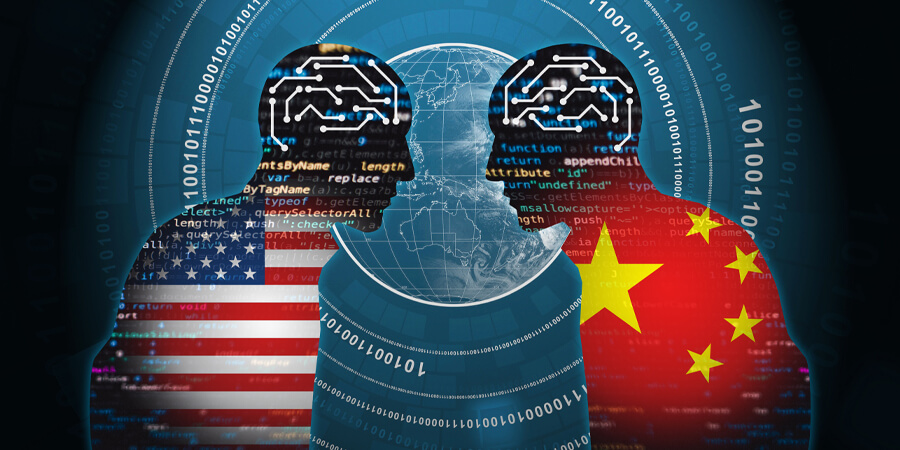As tensions between the United States and China persist, the Biden administration is reportedly exploring measures to safeguard U.S. artificial intelligence (AI) technology from Chinese access. This initiative may involve placing constraints on the export of advanced AI Models, particularly those powering AI systems like ChatGPT, according to sources familiar with the matter.
The U.S. Commerce Department is purportedly evaluating regulatory steps to limit the export of proprietary or closed-source AI models. These models, characterized by their secretive software and the data they rely on, are under scrutiny due to concerns about their potential misuse by adversaries. The goal is to prevent the unauthorized dissemination of these powerful AI technologies, particularly to nations like China, which may exploit them for cyber warfare or other nefarious purposes.
Notably, this potential regulatory action aligns with previous efforts to restrict the export of sophisticated AI hardware to China, aimed at impeding Beijing's advancements in military technology. However, regulating AI software poses unique challenges, given the rapid pace of innovation in the industry.
While details of the proposed regulations remain undisclosed, it's suggested that the Commerce Department may adopt a threshold based on the computing power required to train AI models. This threshold, outlined in an executive order from October 2023, could serve as a criterion for determining which AI models warrant export restrictions. However, implementation complexities and the evolving nature of AI development underscore the challenges ahead.
The U.S. intelligence community and security experts have raised alarms about the potential misuse of advanced AI capabilities by foreign actors. Concerns range from the development of biological weapons to the facilitation of sophisticated cyber attacks. Addressing these risks requires a multifaceted approach, including stringent export controls on AI technologies.
While the proposed measures signify the U.S. government's commitment to safeguarding its technological edge, translating these intentions into effective policies remains a formidable task. The regulatory landscape surrounding AI is complex, and balancing national security concerns with technological innovation requires careful deliberation.
As the U.S. navigates its competition with China in the realm of AI, policymakers face the challenge of developing robust regulatory frameworks that can adapt to the evolving threat landscape. While export controls on AI models represent a step in the right direction, their implementation and effectiveness remain uncertain in the face of rapid technological advancements.
